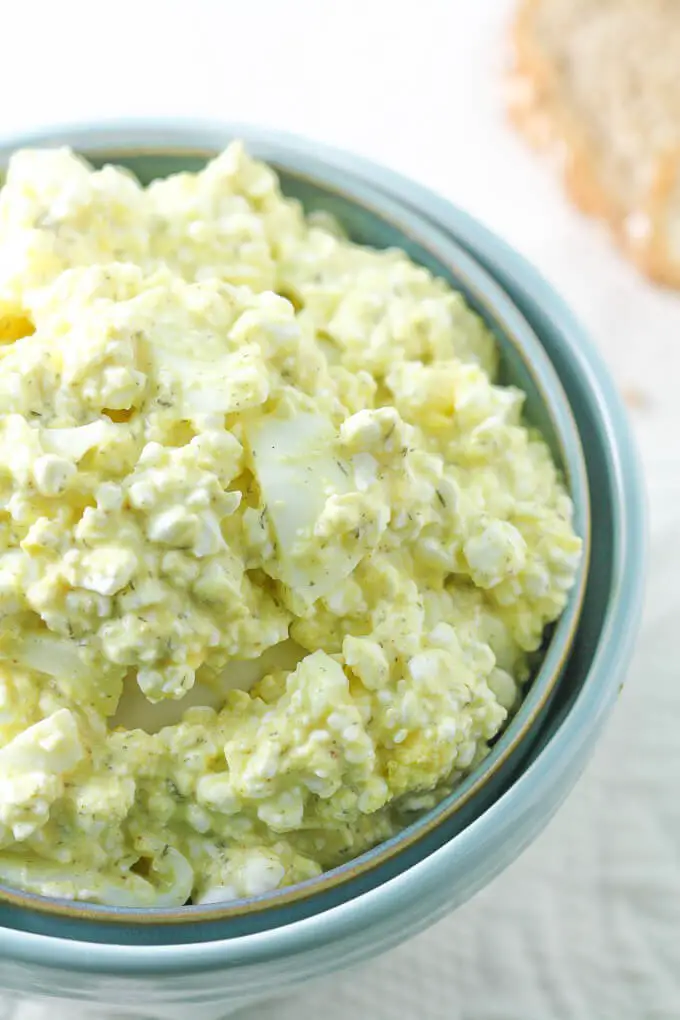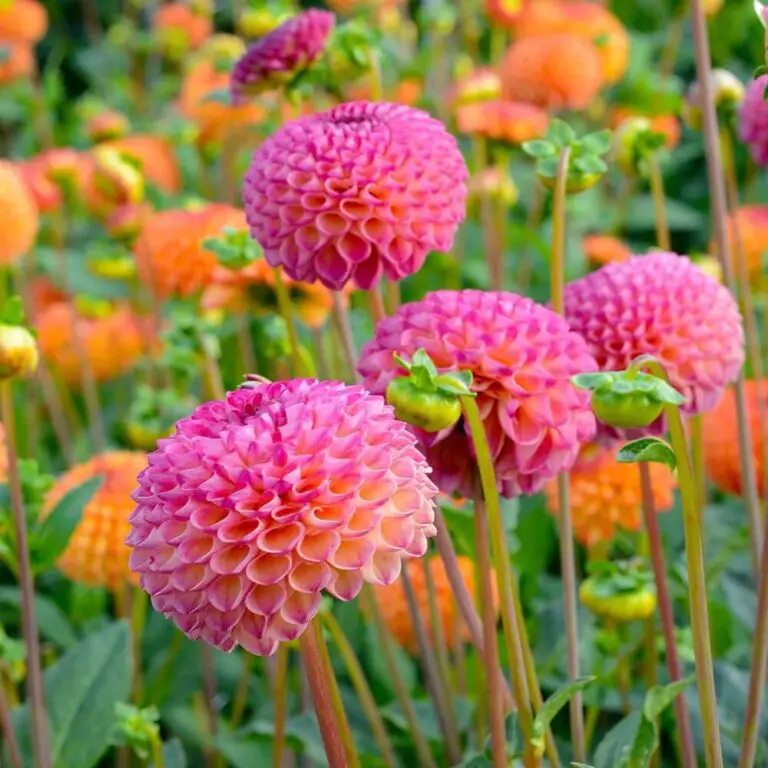How Much Does It Cost To Install A Sprinkler System?
A lush and well-manicured lawn can greatly enhance your home’s curb appeal, providing a welcoming space for family gatherings and social events. However, maintaining a healthy lawn requires careful attention to watering schedules and soil conditions, which can be time-consuming and prone to errors. Overwatering or underwatering can lead to detrimental consequences such as fungus growth or even grass death.
Fortunately, an automatic sprinkler system offers a reliable solution, allowing you to set it and forget it while ensuring your garden receives the precise amount of water it needs. Moreover, a sprinkler system adds tangible value to your property, making it more attractive to potential buyers if you decide to sell in the future.
Why Do You Need a Sprinkler System?
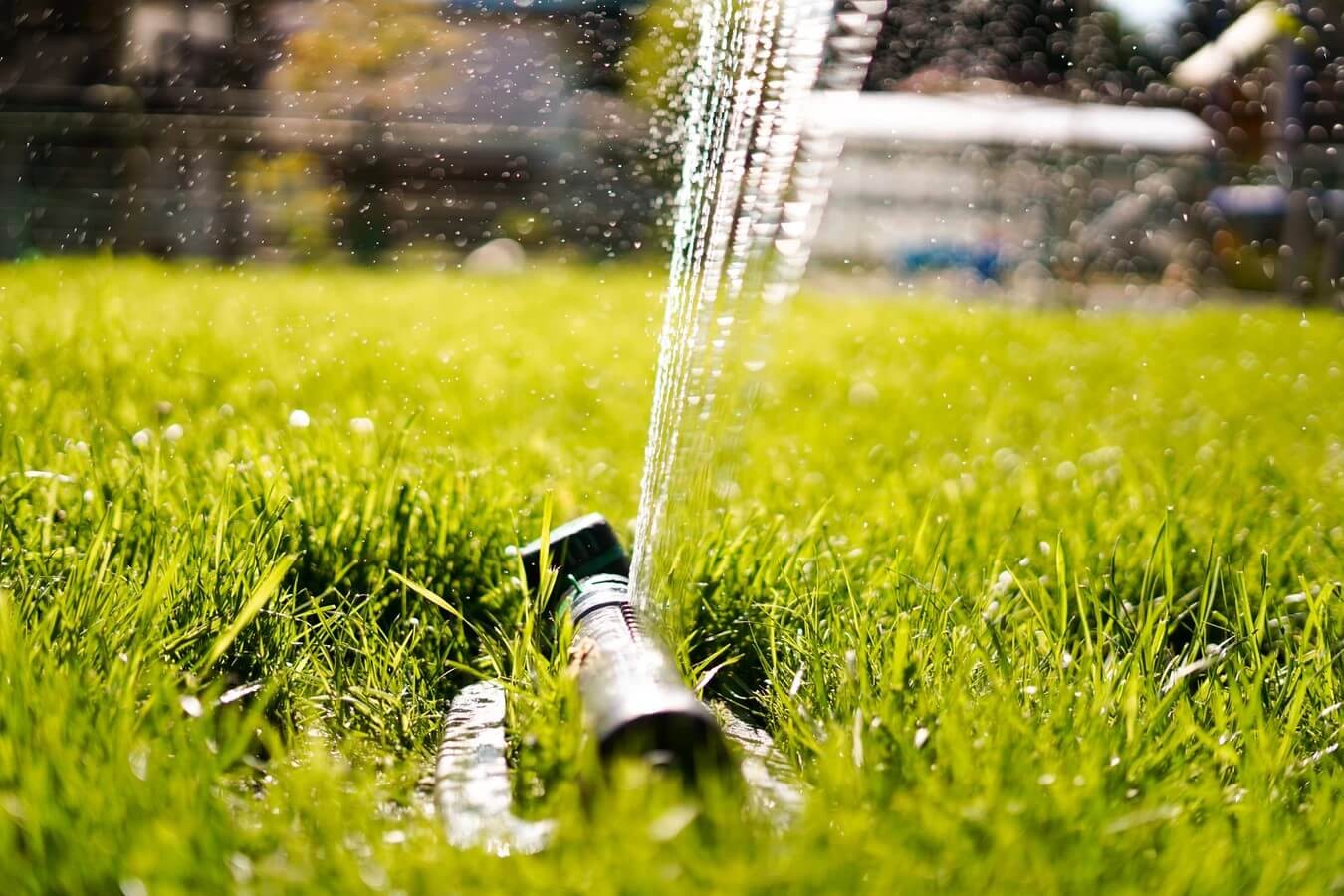
A well-maintained lawn requires the right balance between hydration and efficiency. A sprinkler system excels in this regard by using only the necessary amount of water to keep your grass lush and green. This thoughtful approach not only saves precious resources but also eliminates the need for manual watering, freeing up your time for more important pursuits.
With the rise of automation, a sprinkler system is an intelligent addition to any yard, allowing you to customize settings and adjust schedules remotely, whether you’re away on vacation or simply prefer the convenience. The absence of tedious lawn care tasks means you can focus on more enjoyable activities with family and friends.
Ultimately, a sprinkler system addresses three critical concerns: water waste, time management, and convenience, ensuring your outdoor space remains beautiful and well-cared for without breaking a sweat.
Sprinkler System Cost Per Zone
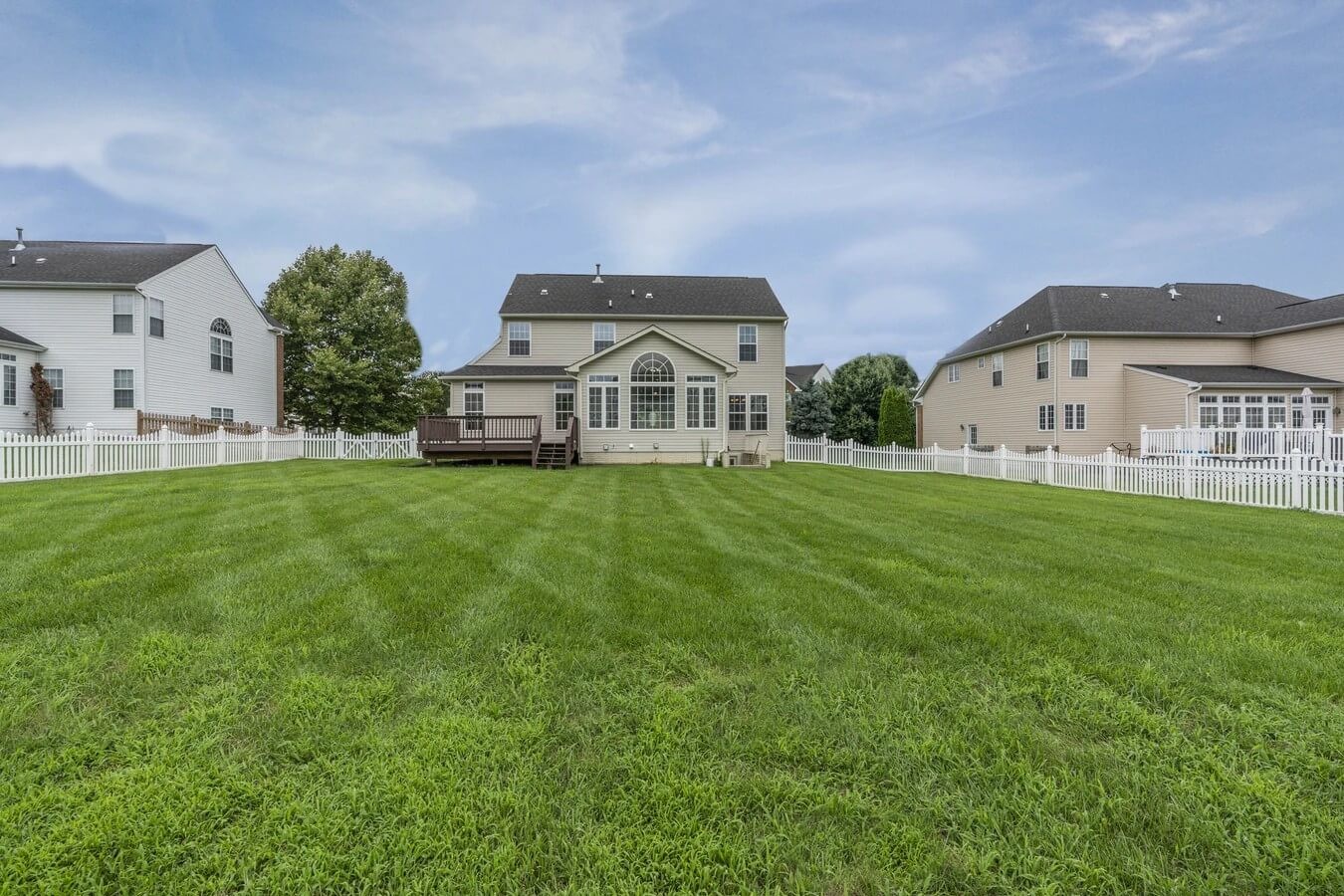
When it comes to designing and installing sprinkler systems, one common approach is to divide the system into zones. A zone refers to a specific area or section of lawn that requires watering. The concept of zoning becomes more complex when you have multiple areas with distinct needs. For instance, a front yard might be composed solely of grass, whereas a back yard may feature bushes on one side and a garden on the other.
Each of these areas will require varying amounts of water, making it essential to tailor your sprinkler system accordingly.
To effectively manage this complexity, homeowners often opt for zoned irrigation systems. This involves dividing the cost of the sprinklers across individual zones, with each zone costing anywhere from $500 to $1000 on average. The overall expense will depend on factors such as the quality of the components, soil type, and size of each zone.
Sprinkler System Cost Per Acre
While the exact cost of a sprinkler system may fluctuate based on factors such as part quality and local soil conditions, a typical system covering an acre typically runs around $9,849. However, it’s essential to note that this figure can vary significantly depending on specific circumstances.
Nevertheless, whether you own one or multiple acres, the benefits of a well-maintained sprinkler system extend far beyond lot size, making it a valuable investment for anyone looking to optimize their lawn care.
Sprinkler System Cost Per Square Foot
When it comes to calculating costs per square foot, a crucial factor is the size of the land being considered. One acre, for instance, can be converted to 43,560 feet. Using this conversion rate, let’s do some quick math: if you divide $9,849 by 43,560, you’re left with approximately $0.20 per square foot. However, it’s essential to note that this number can fluctuate depending on the specific circumstances of your project, ranging from around $0.20 to $1.
Types of Sprinkler Irrigation System
Traditional Spray Systems
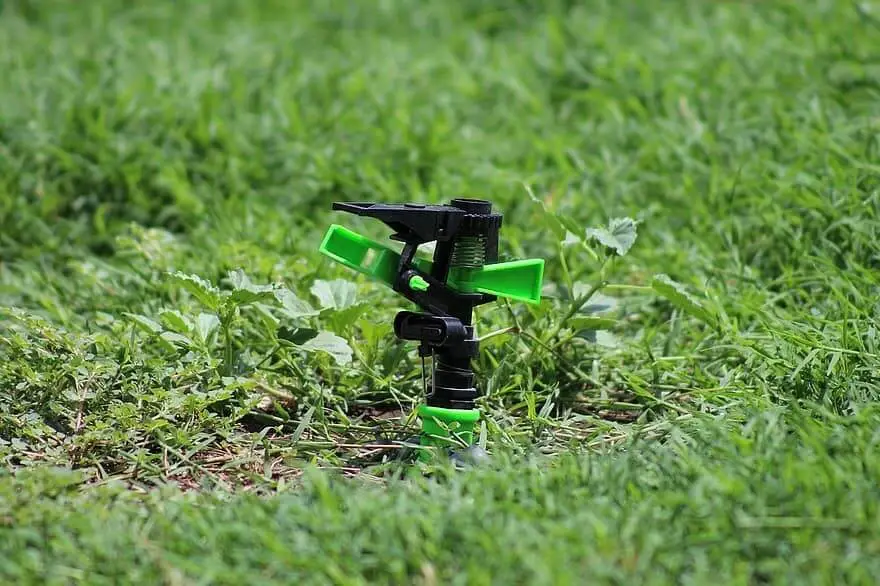
While pop-up sprinkler systems are the most prevalent type on the market, their effectiveness relies heavily on proper positioning and calibration to avoid overwatering. If not done correctly, these systems can actually harm your lawn. The unique feature of pop-up heads that spray a full circle, half-circle, or quarter circle is also a double-edged sword. On one hand, they can cover a large area efficiently; on the other hand, they tend to leave a dead spot closest to the sprinkler head.
To mitigate this issue, consider installing multiple overlapping sprinkler heads to ensure even coverage. Despite some drawbacks, pop-up systems are still the most popular choice for many homeowners. In terms of cost, expect to spend anywhere from $1,740 to $3,400 on a residential lawn covering a quarter acre. While they may not be perfect, these systems do have one major advantage – they can significantly boost your home’s value, making them a worthwhile investment.
Drip
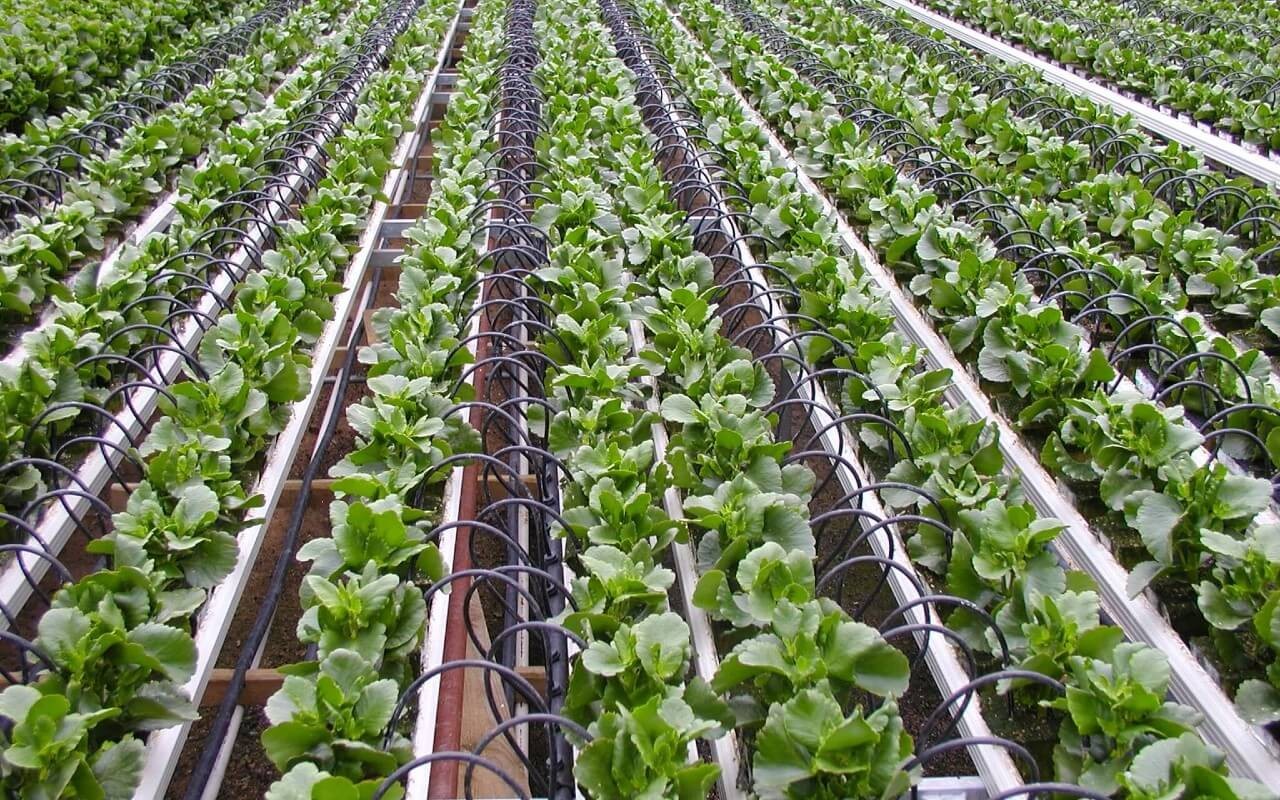
When seeking to maximize water efficiency, a drip irrigation system is an ideal choice. While its appearance may not be as visually appealing as traditional spray systems, which are often hidden beneath the soil, this system’s functionality more than makes up for it. By connecting a separate water reservoir or attaching a filter to your main water line, you can direct water flow into large pipes placed strategically across your garden area.
The result is a slow and controlled release of water straight onto the soil, allowing for optimal absorption. This approach eliminates concerns about wind conditions, which can impact traditional sprinkler systems’ efficiency. A significant added benefit is the system’s budget-friendliness. On average, the cost per acre is around $2,150. However, for smaller homes, the installation cost can be as low as $50, thanks to the lack of complex landscaping requirements.
Soaker Hoses
Soaker hoses offer an effortless installation process and are a cost-effective solution, with prices ranging from $20 to $45. While they may not qualify as a true spray system, they effectively deliver water through various holes along the hose. This approach is also water-efficient, making it a popular choice for those looking to conserve resources. However, this system has its limitations.
The hoses themselves can pose a tripping hazard and lack visual appeal, ultimately failing to increase your property’s value over time. For added convenience, you can invest in a smart timer, but this will naturally impact the overall cost. Furthermore, larger lawns may require multiple hoses or more extensive coverage, which can be inconvenient. Despite these drawbacks, soaker hoses remain a viable option for those seeking an easy and affordable solution.
Rotor Systems
Rotor systems, a type of spray sprinkler irrigation system, offer a unique advantage over their traditional counterparts. Unlike standard sprayers, rotor systems feature a rotating head that enables them to irrigate larger areas more effectively. This design also allows for slower water release rates, resulting in reduced water consumption without compromising performance.
Initially, rotor systems were primarily utilized on large lawns and country clubs, but recent advancements have made them suitable for smaller residential properties as well. Notably, rotor systems are among the most affordable professional options available, with prices ranging from $1,000 to $1,500 per acre, compared to traditional spray systems that typically start at around $1,700.
Furrow Irrigation
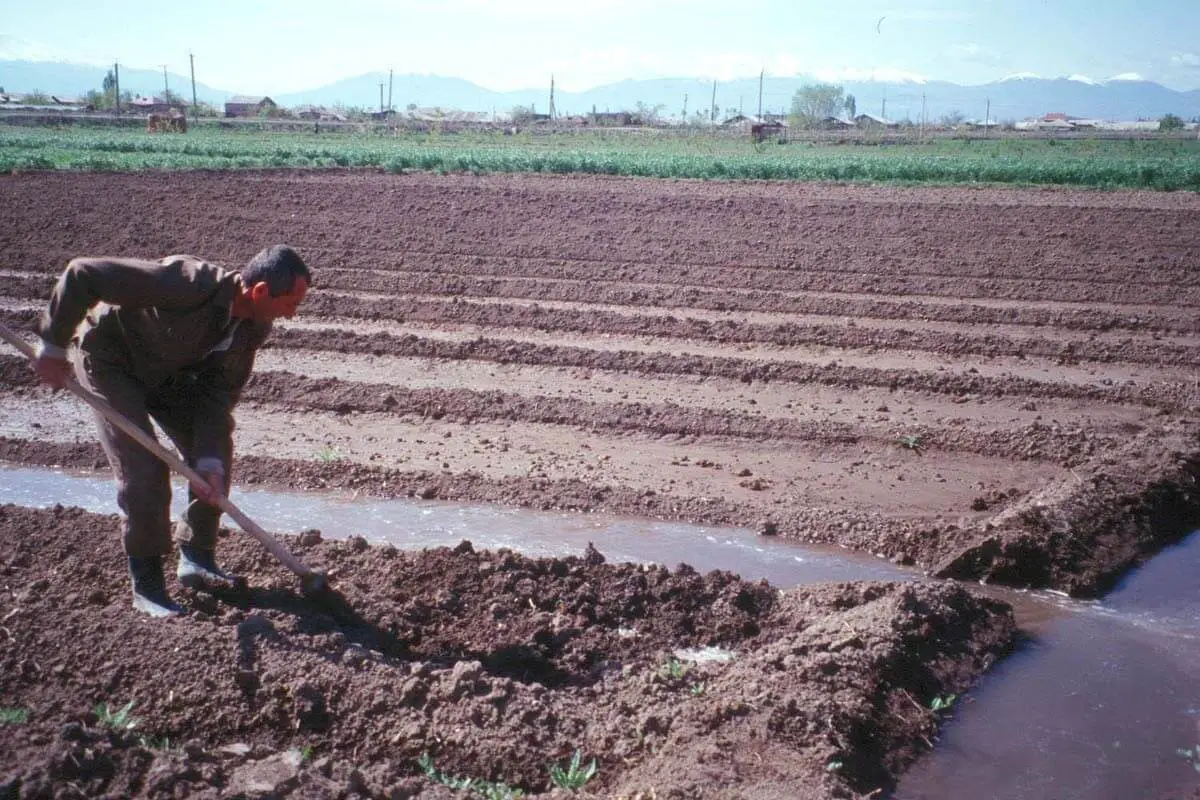
While traditional farming techniques can be effective for smaller plots of land, scaling up to create a large home garden requires innovative solutions. One such approach is to harness the power of gravity to distribute water efficiently across your plot. This method involves elevating the water channels in a way that allows the water to flow naturally from left to right, providing adequate hydration to all plants without requiring individualized watering heads.
By leveraging gravity’s force, you can eliminate the need for complex installations and enjoy a higher crop yield at a relatively low cost of $750-$1000.
Above Ground Sprinkler System Cost
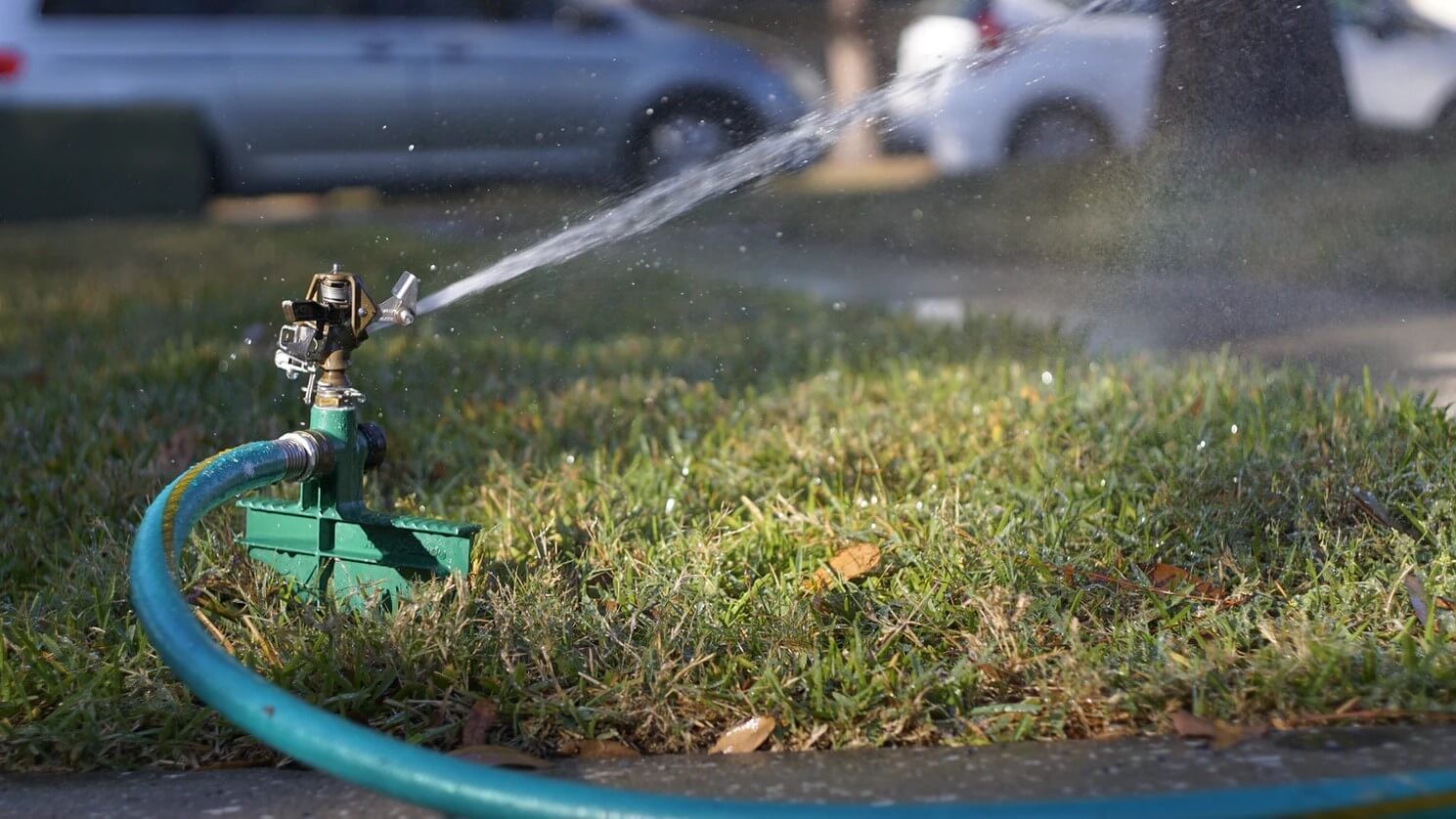
It’s no surprise that above-ground irrigation systems are generally more affordable than their underground counterparts. One of the key advantages of these systems is their ease of installation, which is largely due to the fact that they don’t require any landscaping or adjustments once installed. In contrast, underground systems often necessitate significant planning and excavation, increasing their overall cost.
When it comes to pricing, a drip and furrow system can range from several hundred to several thousand dollars. On the other end of the spectrum, soaker hoses are an extremely budget-friendly option. While they may not offer the same level of precision or long-term value as more comprehensive systems, soaker hoses can still be a viable solution for those on a tight budget.
Underground Sprinkler System Cost
A smart choice for homeowners, these systems are not only efficient and convenient but also enhance the overall aesthetic appeal of a property. The cost of installation is influenced by factors such as the number of zones, the quality of components, and any required landscaping efforts. On average, prices range from $1,740 to $3,400 for a 1/4 acre property.
While this may seem like a substantial upfront investment, it’s essential to consider that the long-term benefits could potentially recoup your initial expenditure when you decide to sell your home in the future.
Sprinkler System Water Use
When it comes to calculating the amount of water used by a sprinkler, there are several factors to consider. The typical rate of a sprinkler is 2.75 gallons per minute, although this can vary depending on the number of zones you have and the size of your property. A simple way to get an estimate is to calculate the total minutes based on the number of zones, then multiply that by the gallons per minute to determine the total amount used.
For example, if you have 15 minutes of watering time, twice a week, with four zones, you can expect to use around 330 gallons of water. Keep in mind that this is an approximation and actual usage may vary depending on your specific irrigation system and its settings.
Sprinkler System Installation Cost Factors
The size of your property plays a significant role in determining the overall cost of installing a sprinkler system. Larger lawns require more extensive installations, involving additional pipes, digging, and equipment, thereby increasing the price. In contrast, smaller properties may have lower installation costs. The choice of sprinkler system itself also impacts the final bill.
While rotor systems are generally more affordable than drip or traditional sprinklers, they may not be as effective in certain environments. Materials used in the installation can either boost or suppress the cost. Using low-cost components might result in a lower upfront payment, but it may lead to increased maintenance and replacement expenses down the line. Smart controls, which offer advanced features like remote phone adjustments and weather-based automation, come with a higher price tag.
However, they can provide long-term benefits and convenience. Labor costs are another crucial factor to consider, typically ranging from $42 per hour for standard installations to higher rates for high-quality professionals who guarantee expert setup.
Components of Sprinkler Irrigation System
A typical sprinkler system comprises multiple components that work in harmony to efficiently distribute water. The core elements include the pump unit, main and sub mains – which are essentially long tubes made of durable materials – couplers, specialized nozzles called sprinklers’ heads, valves that regulate flow rates, flexible bends for navigating terrain, plugs used to seal ends, and vertical pipes known as risers.
To further enhance system performance, you may also consider adding accessories such as a water meter to track consumption, pressure gauges to monitor the system’s stress levels, or a fertilizer applicator to optimize nutrient distribution.
Sprinkler System Repair Cost

While labor costs can range from $50 to $100 for repairs, the good news is that individual parts are relatively inexpensive and don’t typically need to be replaced frequently. For instance, swapping out a sprinkler’s head can cost anywhere from $2.50 to $18, depending on the quality you select. Valves usually fall within the $12.50 to $40 range. However, if you’re dealing with a full system replacement, that’s when costs start to add up – we’re talking upwards of $2,400 in some cases.
To avoid these more significant expenses, regular maintenance is crucial.
Sprinkler System Maintenance Cost
Just like a car requires regular tune-ups to run smoothly, a sprinkler system needs maintenance to prevent damage and ensure optimal performance. Fall winterization is a crucial process that prepares your system for colder temperatures by removing excess water from pipes and components. This involves using compressed air to clear out the main lines, lateral lines, manifold, and solenoid valves.
While DIY enthusiasts may be tempted to tackle this task themselves, it’s often more effective and safer to hire a professional. Not only do they possess the necessary equipment and expertise, but they can also help prevent costly repairs or replacements that might arise from improper winterization. The cost of fall winterization varies depending on the company you choose, ranging from $52 to $110, making it an affordable investment in your system’s longevity.
Install Cost Checklist
When commissioning a custom sprinkler system, it’s crucial to meticulously review every detail. The total cost will depend on several factors, including the size of the land, number of zones required, quality of components, labor costs and soil conditions. To ensure a seamless installation process, it’s essential to openly discuss any concerns with your chosen sprinkler company and clarify all aspects of the project.
What To Consider Before Buying?

Before investing in an irrigation system, consider several factors. It’s essential to obtain estimates from 3-5 companies before making a decision. Typically, these companies offer free estimates, which will help you identify the best option for your needs. Some companies may provide similar quality parts and services, but their smaller size or reduced demand during certain seasons can result in higher prices.
To get the most competitive pricing, consider scheduling an estimate during the winter months. The law of supply and demand applies here as well – when demand is lower, prices tend to be more favorable. Additionally, the cold weather can help extend the life of the water in your soil, allowing it to penetrate deeper and make irrigation systems more efficient. Lastly, if you have a company in mind but their parts are out of your budget, don’t hesitate to negotiate directly with the supplier.
A simple phone call, visit or email can go a long way in securing a better price. Even if negotiations don’t yield a favorable outcome, at least you’ll know you tried and may still save some money.
Should You Hire a Certified Irrigation Installer or DIY Sprinkler System?
When deciding whether to install a sprinkler system yourself or hire a professional, weigh the benefits carefully. On one hand, taking on the project yourself can save you labor costs and provide a sense of accomplishment. If you’re up for a challenge and enjoy tackling DIY projects, this might be an ideal opportunity. However, improper installation can lead to costly mistakes, such as leaks that damage your lawn or require expensive repairs.
A company’s expertise comes with a warranty, ensuring any errors are corrected and providing peace of mind. Additionally, professionals often offer maintenance plans that cover pipes year-round, not just during winter months. On the other hand, doing it yourself can be rewarding, but consider factors like security, warranty, and convenience before making your decision.
Frequently Asked Questions
Does a Sprinkler System Add Value To Your Home?
While it may seem obvious to some, a sprinkler system can indeed provide significant value to your home. In fact, there are four primary ways it adds value – two of which are personal, while the other two have a direct monetary impact. On the personal side, having a sprinkler system installed takes away the hassle and effort of watering your lawn manually. This convenience is not only a time-saver but also ensures that your lawn receives exactly the right amount of water it needs to thrive.
From a financial perspective, a sprinkler system can help you save money by reducing your overall water consumption. Additionally, it’s an attractive feature for potential buyers when they’re considering purchasing a new home. This increased appeal can lead to fewer days on the market and potentially even higher offers. The most obvious monetary benefit of having a sprinkler system is that it allows you to command a higher price for your home.
With a beautiful lawn and garden, the value of your property can be reflected in the asking price.
Is a Sprinkler System Worth It?
Ultimately, the decision relies on your personal preferences, weighing both the advantages and disadvantages. While it’s undeniable that a beautifully manicured lawn can be a stunning feature, the final verdict remains in your hands.
How Much Does It Cost To Install a Sprinkler System Yourself?
The total expense is heavily dependent on the caliber of the components used, as well as the source from which they are acquired. Moreover, the primary investment required is in terms of personal time and dedication, with no additional financial burdens to consider.
How Long Does a Sprinkler System Last?
While the average lifespan of a sprinkler system is around 20 years, individual components have varying lifespans. Premium quality heads can operate for 10 to 15 years, whereas lower-quality ones typically only last 2 to 3 years. Nozzles, regardless of their quality, require replacement every two years. Valves, like high-end heads, are expected to function properly for 10 to 15 years, while more robust components such as pipes can endure for an impressive 40 years with proper maintenance.
How Long Does It Take a Sprinkler To Water 1 Inch?
The time it takes for automatic sprinklers to deliver 1 inch of water depends on the system and various factors, including heat. Typically, this process can take around an hour, but extreme temperatures can slow down the process. When the weather is hot, you may need to allow more time for the same amount of watering. With different types of irrigation systems available, it’s essential to choose one that suits your specific needs.
While each system has its unique characteristics, they all share a common goal – maintaining a beautiful and well-manicured lawn.
Keeping Your Lawn Beautiful
When it comes to selecting an irrigation system for your lawn, there are numerous options available. However, it’s essential to choose the one that best suits your needs and budget. The good news is that regardless of which type you opt for, they all have the potential to keep your lawn looking its best year-round. To ensure you get the most bang for your buck, be sure to compare prices among different companies.
Once you’ve found a reputable provider, they’ll handle every aspect of the installation process. As a result, you can expect a low-maintenance lawn that looks great all year long, without requiring much upkeep.
Related Posts
While it’s common to tip servers at restaurants, few people consider whether they should tip lawn service workers. The decision to tip these professionals ultimately depends on the quality of their work and your satisfaction with their services. Some homeowners may choose to show appreciation for a job well done by leaving a small gratuity, while others might not see the need to tip at all.
In this sense, tipping lawn service workers is a matter of personal preference, but it’s also important to consider the value they bring to your property and the overall value of their services.


